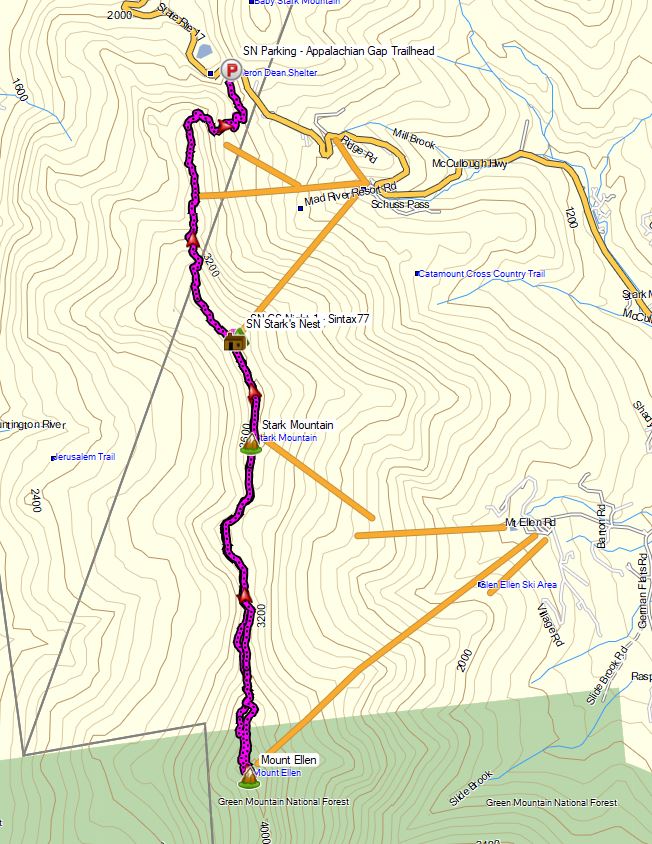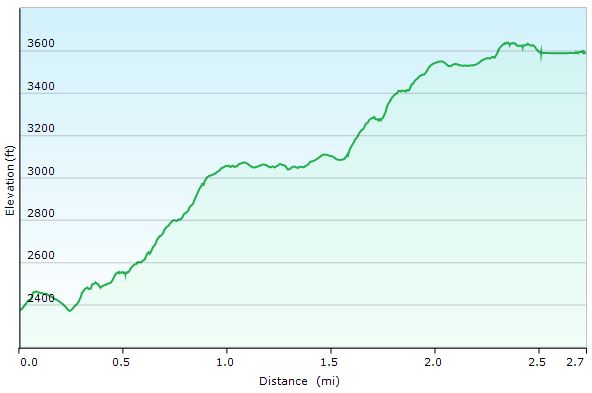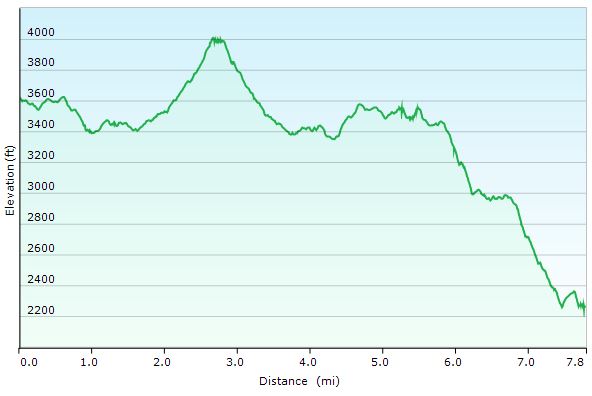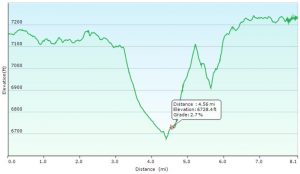A Review of the Unigear Inflatable Sleeping Pad.
In this camping gear review, I give a run down of the various features of the Unigear Sleeping pad, as well as my own personal experiences with the Unigear pad for backpacking.
Sintax77 Viewers Get 20% off by using this link and entering the code 20sintax77 (offer good through the end of October, 2018)
Disclosure: This post or video contains affiliate links, which means I may receive a commission for purchases made through my links. Cross reference, do your own research and make your own decisions, duh 😉
Specs and Features as per the manufacturer
- Comfortable & Stability: The sleeping pad’s wave air tubes support your weight, keep you comfortably cradled in the middle of the pad, you won’t bottom out if you roll on your side. 2 Inch thickness of cushioning provide unrivaled comfort, stability and support, great for sleeping in any position
- Durability & Warm: The durable 40-denier ripstop nylon polyester with TPU coating helps prevent tearing, offers the right balance between low weight and durability. You don’t need to worry about punctures or leaks. Thickness material limit heat loss for better support and warmth (R-value 1.3)
- Ultralight & Ultra-compact: Unigear sleeping pad with ultralight weight(Only 507g/1.1lb) and compact packed to the size of a 1-liter water bottle, Inflated size is 74”x24”x2”, which is ideal for outdoor activity like fast-and-light backpacking, traveling or camping
- Easy to Inflate & Deflate: This sleeping mat with one way valves for inflation and deflation, blowing air into this inflatable sleeping pad really is a breeze! Which allows quick to inflate (10-15 breaths) and super fast deflate(only one second). Includes repair kit with 4 self-adhesive patches for fixing punctures in the field
- 100% SATISFATION GUARANTEE: If you are not 100% satisfied with this product for any reason, please contact customer service within 60 days, and we will immediately refund your purchase price – no questions asked
Other Gear Seen and Discussed
- Nemo Losi 3p Tent
- Outdoor Vitals Storm Loft 15° Down MummyPod
- Therm-A-Rest Z-Lite Sleeping Pad
- Big Agnes Q-Core SL Sleeping Pad
- Another 3 inch sleeping pad option that I like for those who prefer even thicker pads – Outdoor Vitals Sleeping Pad
- Hammock Gear Dyneema Fiber Hex Tarp




